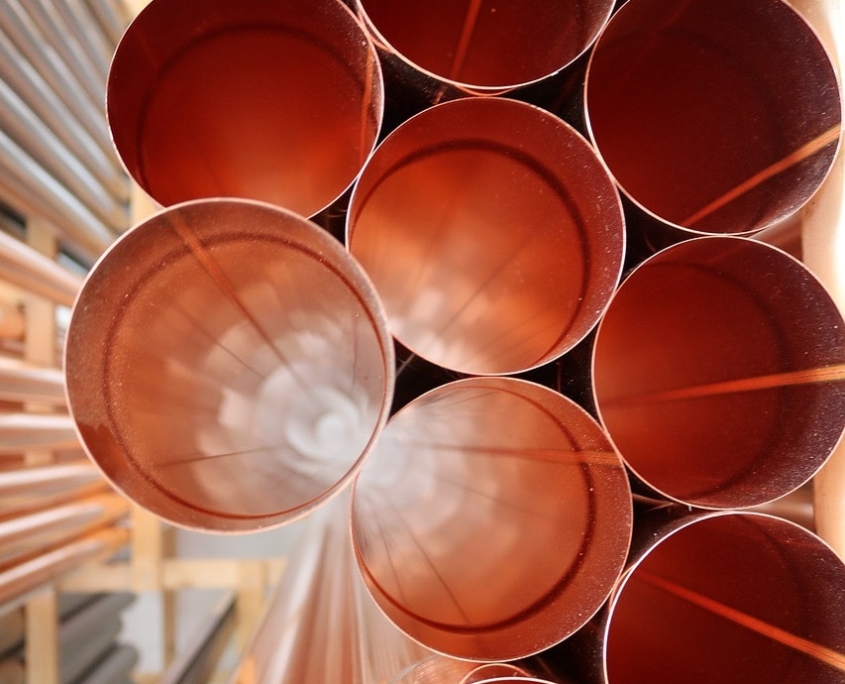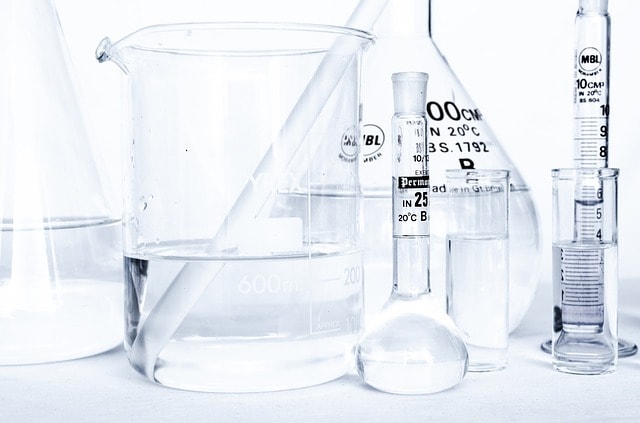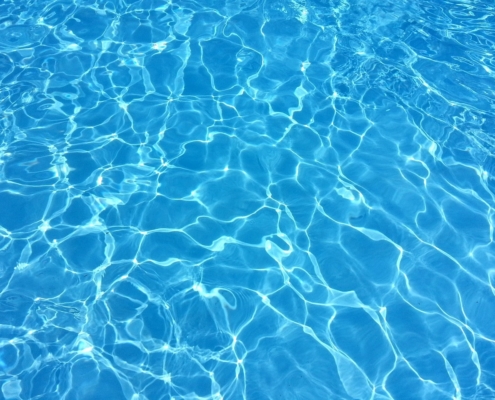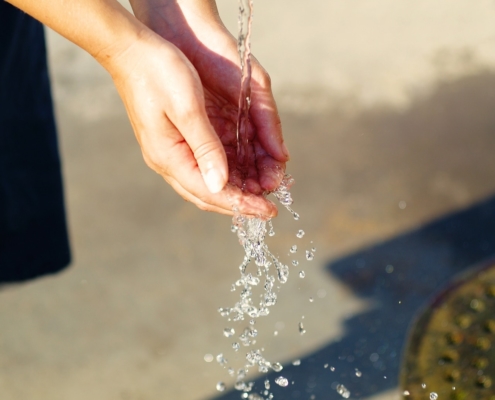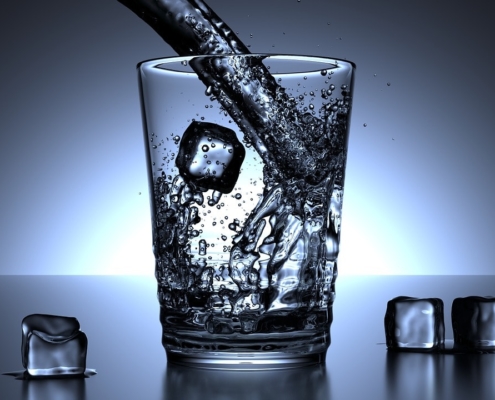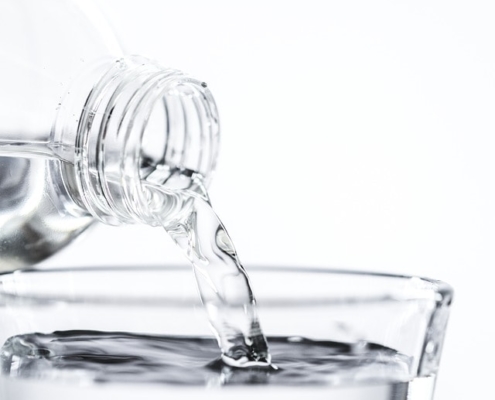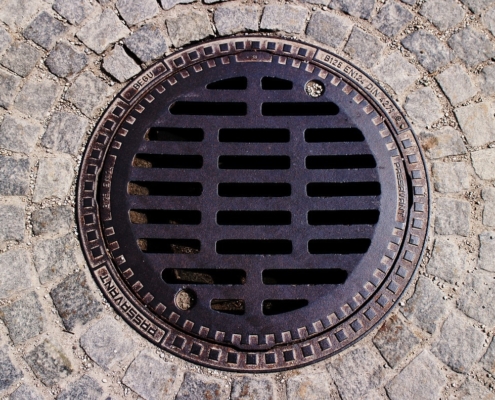 https://riefilt.de/wp-content/uploads/2019/07/channel-1692671_1280-min.jpg
856
1280
Alexander Riebe
https://riefilt.de/wp-content/uploads/2023/09/RIEFILT-Wort-und-Bildmarke-300x38.png
Alexander Riebe2019-09-22 21:42:292019-09-22 21:42:29Drinking water pollution - reasons & countermeasures
https://riefilt.de/wp-content/uploads/2019/07/channel-1692671_1280-min.jpg
856
1280
Alexander Riebe
https://riefilt.de/wp-content/uploads/2023/09/RIEFILT-Wort-und-Bildmarke-300x38.png
Alexander Riebe2019-09-22 21:42:292019-09-22 21:42:29Drinking water pollution - reasons & countermeasuresDrinking water hygiene – importance for humans
Drinking water hygiene should be the top priority when it comes to using water, because water is a very important part of our diet and should therefore be clean and free from residues. Lack of drinking water hygiene is the daily cause of death in many Third World countries. But even in this country, in the past, unclean water has occasionally caused illness, for example due to contamination with germs or bacteria. Another problem is the increasing pollution of water with nitrate and pesticide residues. Drinking water hygiene is the area that deals with the possibilities and solutions how to avoid quality losses in drinking water. All processes such as drinking water production, drinking water transport and distribution of water in the house installations are examined. In the following guide, you will learn exactly what is meant by drinking water hygiene, what are the health risks of a deficiency and how can you provide pure water.
What does drinking water hygiene mean and why is it so important?
Drinking water hygiene is an area that deals with the many possible impairments to the quality of the drinking water. In particular, the risks of Legionella are not to be underestimated with lukewarm drinking water. They require conscientious execution of the drinking water installation. The dangerous bacteria are almost always present in low concentration in the water and harmless. Legionella become problematic when they enter the lungs in large quantities, for example by inhaling while showering. They feel very comfortable especially at temperatures between 25 and 50 ° C. Here they can multiply optimally. Infection increases the risk of legionellosis. Legionnaire’s disease is one of the most important forms of the disease. This is a form of pneumonia that is often severe and fatal in every tenth victim. Common pathogens in drinking water installations include pseudomonads. The bacteria are often found in the area of the outlet fittings and especially dangerous for people with a weak immune system.
Drinking water hygiene – disease prevention
The water is processed in Germany by the water companies to the strictest specifications, so that it arrives in pure quality to the consumer. The German Drinking Water Ordinance and the European Drinking Water Directive contain legal texts which are intended to ensure that the required quality of the drinking water is maintained. This is about drinking water hygiene: The aim is to prevent the development of bacteria, germs and fungi in drinking water systems. The landlord or operator of the plant are responsible for ensuring that the water flows from the faucets to the end consumers in high quality. Drinking water is perishable and must be protected accordingly. In drinking water installations that are not operated properly, there is a high risk that the water is contaminated by bacteria. This can be prevented by hygienic installation and proper operation of the drinking water system. The biggest risk of germ spreading is stagnant water. The danger is mainly due to vacancies in large-scale facilities, for example:
– Hospitals
– Nursing homes
– Hotels
– Public buildings
Stagnant stagnant water within the installation increases the risk of Legionella contamination. Increased reviews are indispensable in order not to endanger those affected by contaminated drinking water. An important aspect is the reduction of stagnation times. For this it is important that the piping system is dimensioned according to requirements by an optimal drinking water hygiene, so that the change of the water takes place sufficiently already in the normal operation.
There are several reasons for a lack of quality of drinking water:
– Physical deterioration due to deposits, discoloration, limescale and unpleasant odors, even if these impairments pose no risk to health, they should be avoided with regard to a high quality of drinking water
– Chemical damage from foreign substances that enter the drinking water, for example, through materials such as lead and copper from the pipes, drinking water installation or chemical substances, high concentrations are a threat to health, such as nerve damage from lead, although lead pipes in the installation now are banned due to the strict limits, they are still found in some old buildings, copper (high risk of kidney and liver damage) is increasingly released from new copper water pipes, instead of lead, copper and zinc stainless steel should be used since this does not give off any substances to the water
– Microbiological impairment of drinking water by microorganisms, high multiplication of germs is associated with health hazards
During installation, care must be taken with regard to drinking water hygiene. It is recommended that the ends of the pipes are closed with plugs during transport and storage until commissioning. This can prevent dirt, which provides bacteria with an ideal breeding ground. It is also ideal to use high-quality water filtration systems that free the drinking water from heavy metals, chlorine, chemicals, pesticides, etc. For drinking water installations, longer downtimes should also be avoided. An old rule says that water must flow so that germs have no chance.
Summary
The term “drinking water hygiene” is understood to mean all measures for maintaining the health of a person. This should be ensured by pure water. The Drinking Water Ordinance sets strict limits for contained pollutants, but compliance is only guaranteed by the water suppliers to the house connection. Above all, the house installation can affect the drinking water hygiene and thus endanger the health. The quality of the drinking water can be reduced by germs, pollutants and physical factors. This is to be prevented by drinking water hygiene. Technical facilities are examined, checked for possible hygienic hazards and, if necessary, suggestions for improvement are delivered. The aim is to provide the drinking water in such a way that the end user is protected from diseases by contaminated water. You can use a professional water analysis to determine if your water is contaminated with germs or pollutants.
Service
Read more about our services.
Our B2B Shop
Visit our B2B Shop for filter equiptment
Contact
Get in touch.


